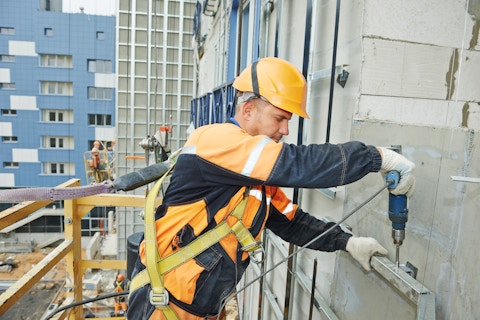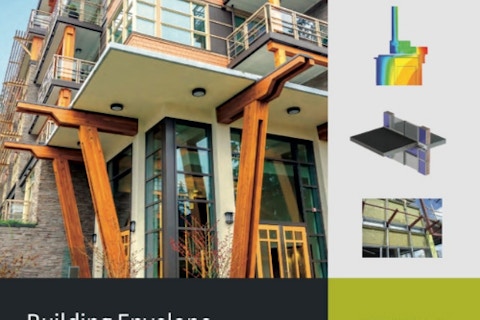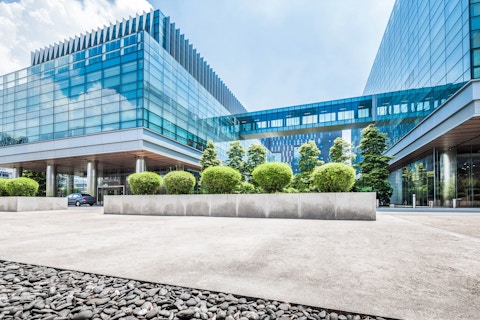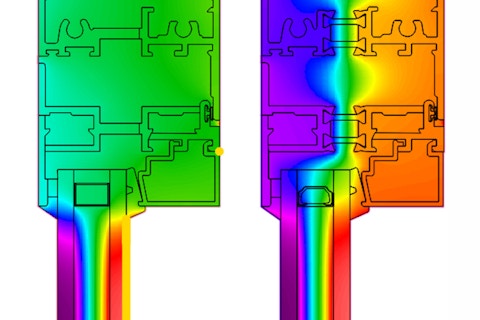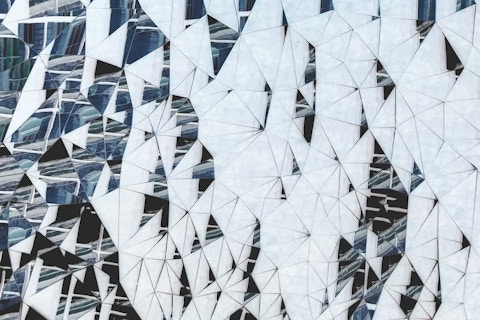Read Reglazing Modernism: The American and European Experience with Steel Frame Assemblies to Date prior to Ayón’s presentation at the 2016 World Congress.
Reglazing Modernism: The American and European Experience with Steel Frame Assemblies to Date
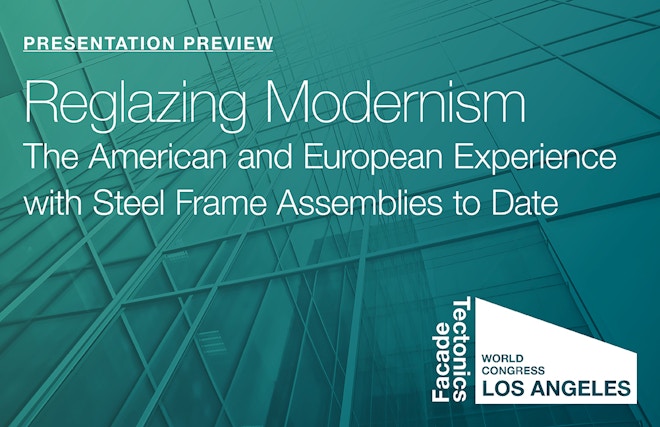
On October 10th - 11th, the Facade Tectonics Institute will present Face Time: The Emergence of Facade as the Integrative Factor in Holistic Building Design at the Sheraton Grand Los Angeles. The two-day event is the Institute’s 2016 Annual Conference and inaugural World Congress, and promises deeply informative technical presentations from leading minds in the architecture, engineering and construction industry. With nearly 100 speaker presentations divided between eight sessions and five speaking tracks, Face Time will combine the art, science and technology of the building skin with an unparalleled networking opportunity from the domestic and international building community. Leading up to the event, the Institute will release research papers by select presenters.
Metal-framed glazed enclosures define contemporary architecture. But as our 20th century building stock continues to age, the restoration, rehabilitation and replacement of underperforming facades has created a specialized field of physicists and preservationists. On Tuesday, October 11th, Angel Ayón of AYON Studio Architecture and Preservation will discuss cross-continent retrofit practices in Reglazing Modernism: The American and European Experience with Steel Frame Assemblies to Date. The abstract from Ayón’s research paper — which was coauthored by colleague Uta Pottgiesser of Ostwestfalen-Lippe University of Applied Sciences — is below:
The extensive use of metal-framed glazed enclosures is one of the character defining features of modern architecture. After decades of service, many modern buildings from the pre- and postwar periods of the 20th century have reached their age of maturity and, with it, efforts to preserve them and retrofit them have become a new branch of knowledge within the fields of building physics and historic preservation. As part of these conservation efforts, the need to assess the approaches, scopes and results of interventions on metal-frame glazed enclosures in modern buildings has become paramount.
This article is a summary of a larger project aimed at both exploring various intervention approaches on modern glazed enclosures and documenting relevant case studies through historic images, technical details from before and after their interventions, and photographs of existing conditions after the work was performed. The paper analyzes and summarizes various case studies exhibiting a wide range of construction typologies and interventions on single glazed steel frame curtain wall and window wall assemblies on modern American and European buildings. Most of them have been retrofitted within the last ten to fifteen years in response to different driving forces, such as increasing energy performance or comfort requirements, changing functions and re-use, or simply due to material decay. These motivations triggered different intervention approaches that can be broadly categorized as follows: Restoration, Rehabilitation, and Replacement. Restoration describes the rebuilding or extensive and careful preservation of the original exterior glazed assemblies, including the installation of new single-pane glass. Rehabilitation is characterized by a combination of restorative treatments, selected improvements and the addition of specific elements including new insulating glazing. Replacement is defined by the partial or total removal of the existing assemblies and installation of new ones. Combinations of these approaches are possible and common.
This paper explores various options available for restoration, rehabilitation and replacement of modern steel-framed glazed enclosures and evaluates how they relate to the preservation of cultural significance, current understanding of user comfort, and compliance with contemporary requirements for building performance and energy conservation.
Looking for something specific?
Search our extensive library.
FTI’s SKINS email is the central source for the latest in building skin trends and research.
All emails include an unsubscribe link. You may opt out at any time. See our privacy policy.



